I didn’t know this first visit to Charleston would be our last trip for awhile. We took this trip in December 2019. It was a spectacular city I’ve always wanted to visit, and the gardens were incredible.
There were Holly Ferns, Cyrtomium falcatum growing from the brick walls everywhere. One can see why they are considered invasive. My husband Hal & I spent an entire day walking all around in the city. We left bustling downtown, walking along King Street full to the brim with commerce and shops. Then, onto the parks along the waterfronts. The Battery Park was interesting, but the gardens glimpsed through the gates along the way were magical. Seeing in person for the first time the places I had read about made me contemplate more deeply Charleston’s horrific past history as a location where a large number of human beings were bought and sold as slaves. I always am drawn to places with important historical significance, and hope to learn more about what really happened there, in order to try to create a better future together.
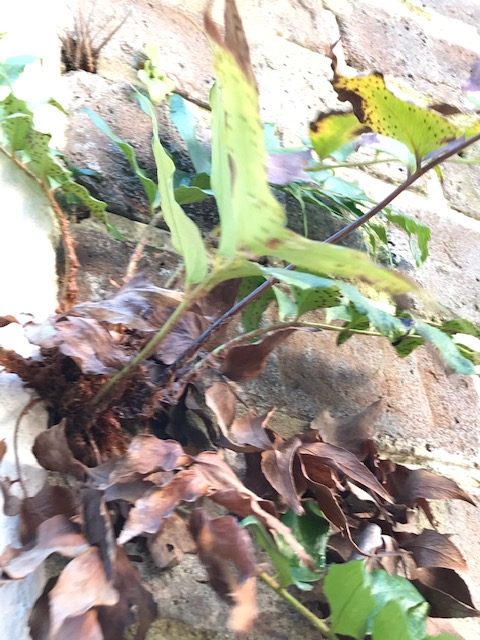
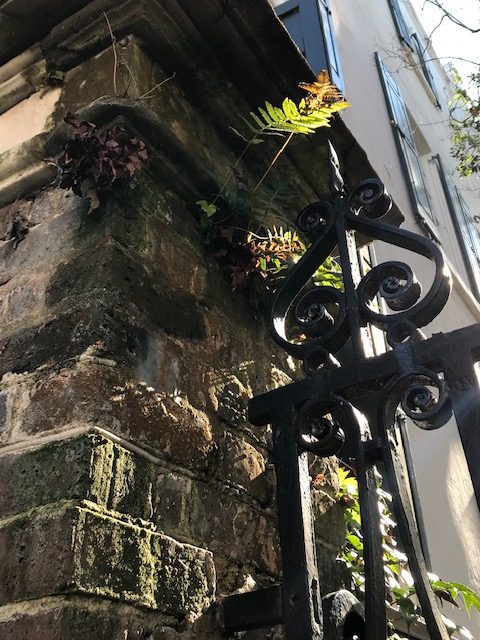
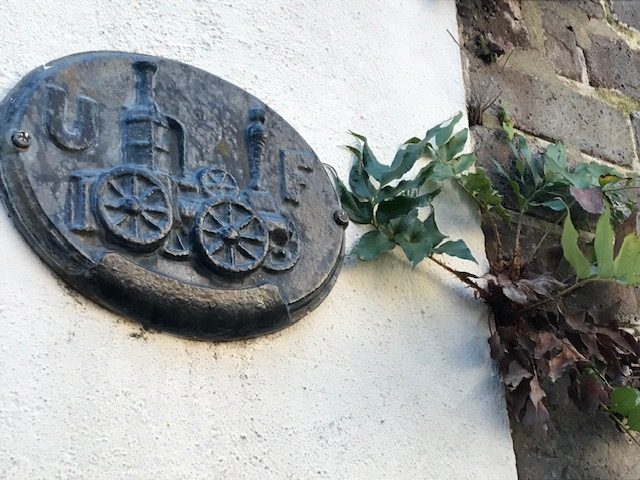

The College of Charleston was otherwordly, and there were Resurrection Ferns-according to my friend Issac, covering every tree branch and trunk on the live oaks. The pictures I took don’t do justice to the spectacular gardens there. They’ve had some time to grow.


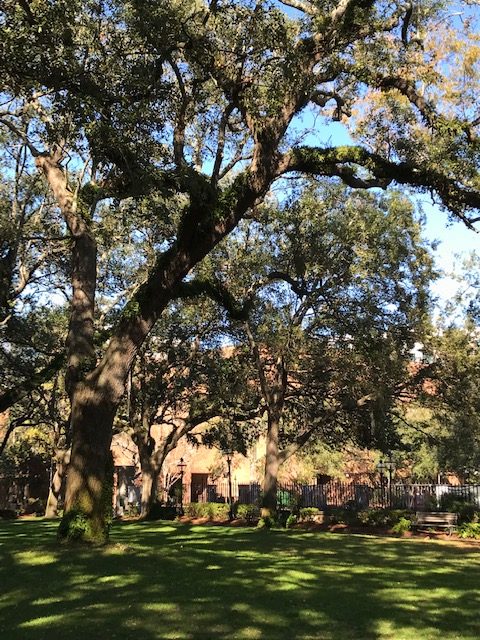
There were huge spectacular Fatsias down by the waterfront at the Battery Park.
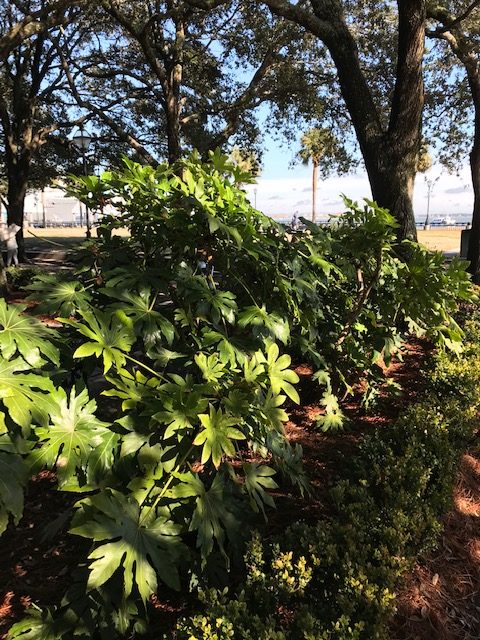
Thanks to Sheldon, at the State Botanical Garden of Georgia, for identifying this plant for me as Cassia Augustifolia. They were draped languidly (even in December) over the walls of gated courtyards, and along the cobbled sidewalks and streets.
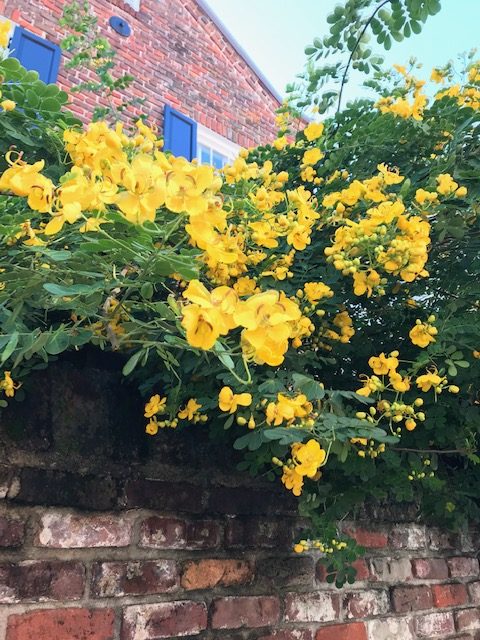
I’ve chosen the Magnolia as the transition plant between the city and country gardens further inland. The place we visited next was once again a place with a very horrible past, like many places in the South where African American human beings were enslaved laborers that were used to advance economically. Magnolia Gardens also known as Magnolia Plantation has become a tourist attraction, but it was once a place were slaves worked the land. Some of the Camellias here are over 200 years old and were actually planted by slaves. Those plants are what I came here to see, so to remember and never forget what was done here.
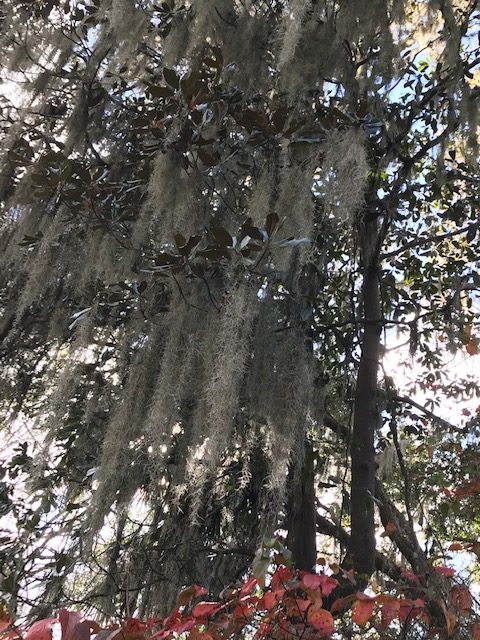
Camellias at Magnolia Gardens
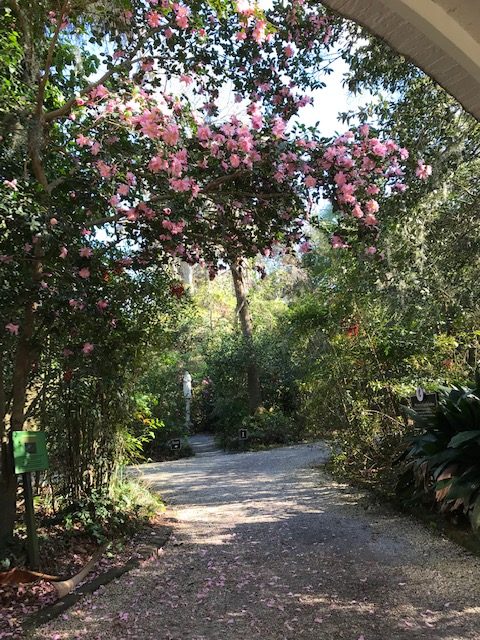



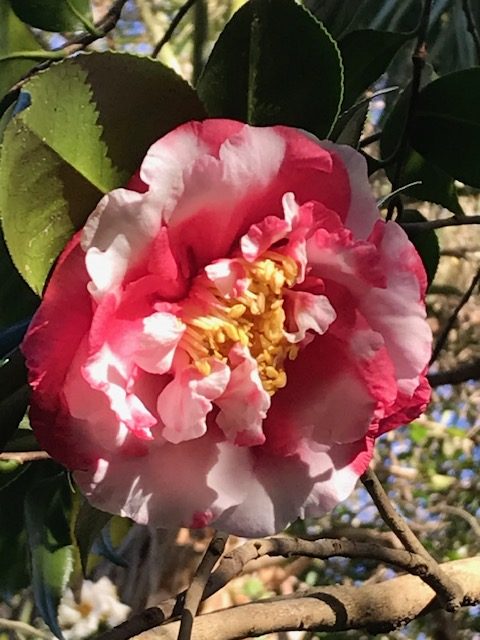
This is the last Romantic style garden in the US. Romantic means wild and free feeling, and seemingly untamed in this context. They have the largest collection of camellias in US.

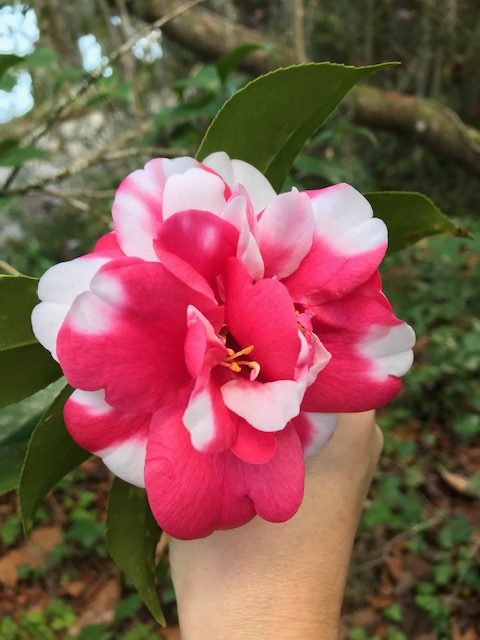






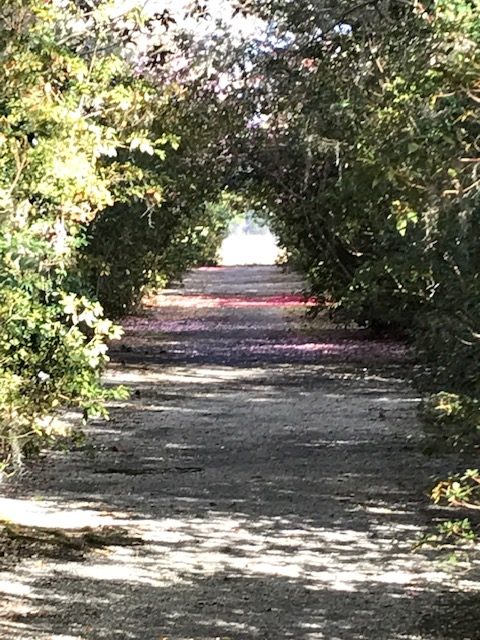

This is my 100th post!

Your pictures and descriptions are travel magazine worthy! The Camellias alone are worth the drive to Charleston but I also love the ferns and foliage growing in the walls and along the paths. So much low country beauty!